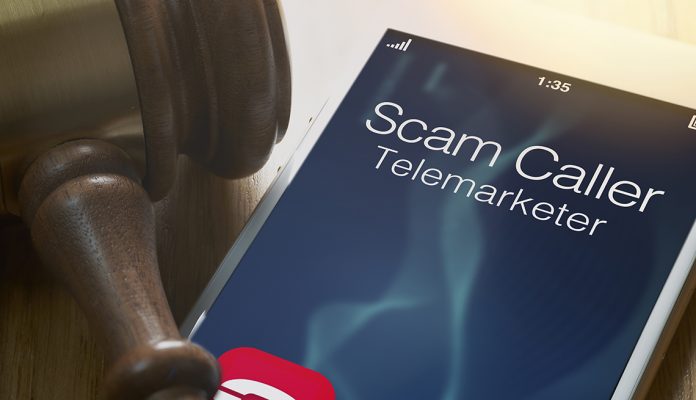
Just in the United States alone, over 43 million unsolicited calls are made each year. If just 5% of those were real calls from your grandma, that would mean you ignored her over 2 million times due to spam caller fatigue.
A popular method to combat this issue is to reverse phone lookup an unrecognized caller. This is done after the call ends, you reverse phone lookup the mystery caller and identify who or what is attempting to contact you.
But no problem, right? A typical back-and-forth with a spammer shouldn’t be too taxing?
You wouldn’t think it, but it’s actually a huge problem.
Unfortunately, many people are accosted by exploitative scammers that can steal your identity. According to officials with the Federal Trade Commission (FTC), who track and prosecute telephone fraud, over 76,000 reports about Social Security imposters were made in the past 12 months, with reported losses of $19 million.
As the FCC’s top consumer complaint, this problem affects many people each year. This is why it’s important to educate yourself about how you can reduce the chances of being swept by these persistent waves of data mining.
Taking Action Against Scammers
Whether you’re using a smartphone or landline, here are some effective strategies to reduce scammer success.
Landlines
First, you can register your phone number on the national no-call list, here.
After you register, you may still receive calls from unknown sources, but the FTC will be able to filter you out of common scammer programs.
After 90 days, you should start noticing a drop in call activity once your number is fully circulated.
Besides that, there aren’t a lot of other ways you can fight back, other than individually blocking each call. Yes, you can let unrecognized calls go to voicemail, but then you’ll need to sift through each message.
Even worse, your voicemail can become full, which could mean voicemail messages from friends can’t get through.
Smartphones
Before recommending an app, a lot of people don’t know that their very own cell provider offers protection plans for their customers.
You can contact your wireless company about free and paid services.
Here’s a list of free services from the major providers:
- AT&T: Call Protect
- T-Mobile: Scam ID and Scam Block
- Sprint: My Sprint
- Verizon: Caller Name ID
There’s even a scammer protection app that won the FTC Robocall Challenge.
Nomorobo is an app available in Apple’s App Store and Android’s Google Play store that has taken a mighty, Thor-like hammer to this perpetual annoyance. Not only is it compatible with iOS and Android, but they also offer free protection for VoIP landlines as well.
iOS and Android also have built-in features to block some unknown callers.
iOS
In iOS 13, Apple added a convenient feature to block unknown phone callers and email senders.
Just open up the settings app on your iPhone, select Phone, scroll down and toggle Silence Unknown Callers.
That’s it! Thank you, lord of the apples.
Android
It’s a little trickier on Android but it’s not too difficult.
Since each Android smartphone manufacturer customizes their own user interface, the steps to block numbers can vary a bit depending on which android phone you have.
Here’s a guide to blocking unknown callers on popular Android devices.
While online scams are on the rise, phone scammers like to keep things old-school; by tarnishing our forefathers’ dreams of a world connected by advanced technology from almost anywhere in the world.
It seems like the old-fashioned phone scams are here to stay for now, but at least these tips to reduce scammer activity can raise your skills as a scammer survivor, so you may one day pass on your teachings to your grandchildren, as long as their voicemail isn’t full.